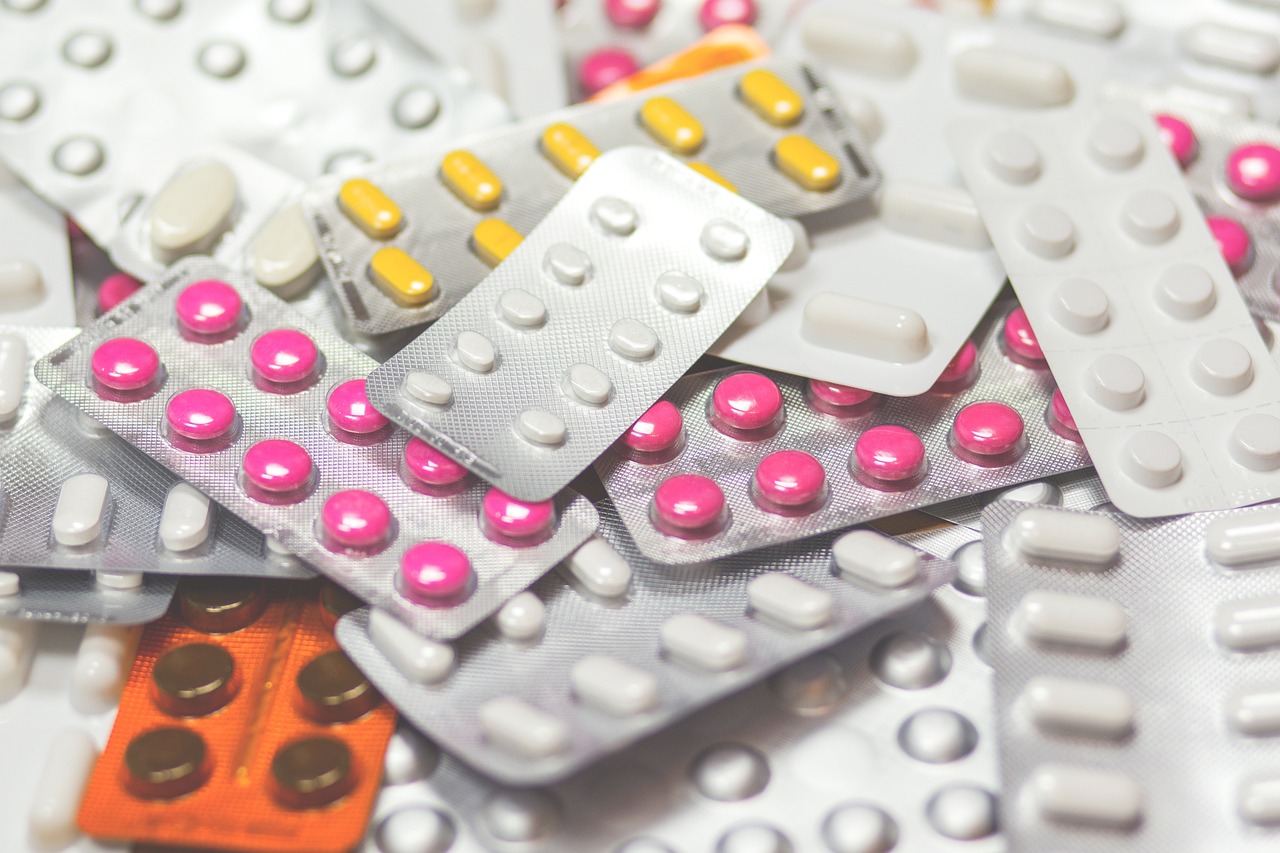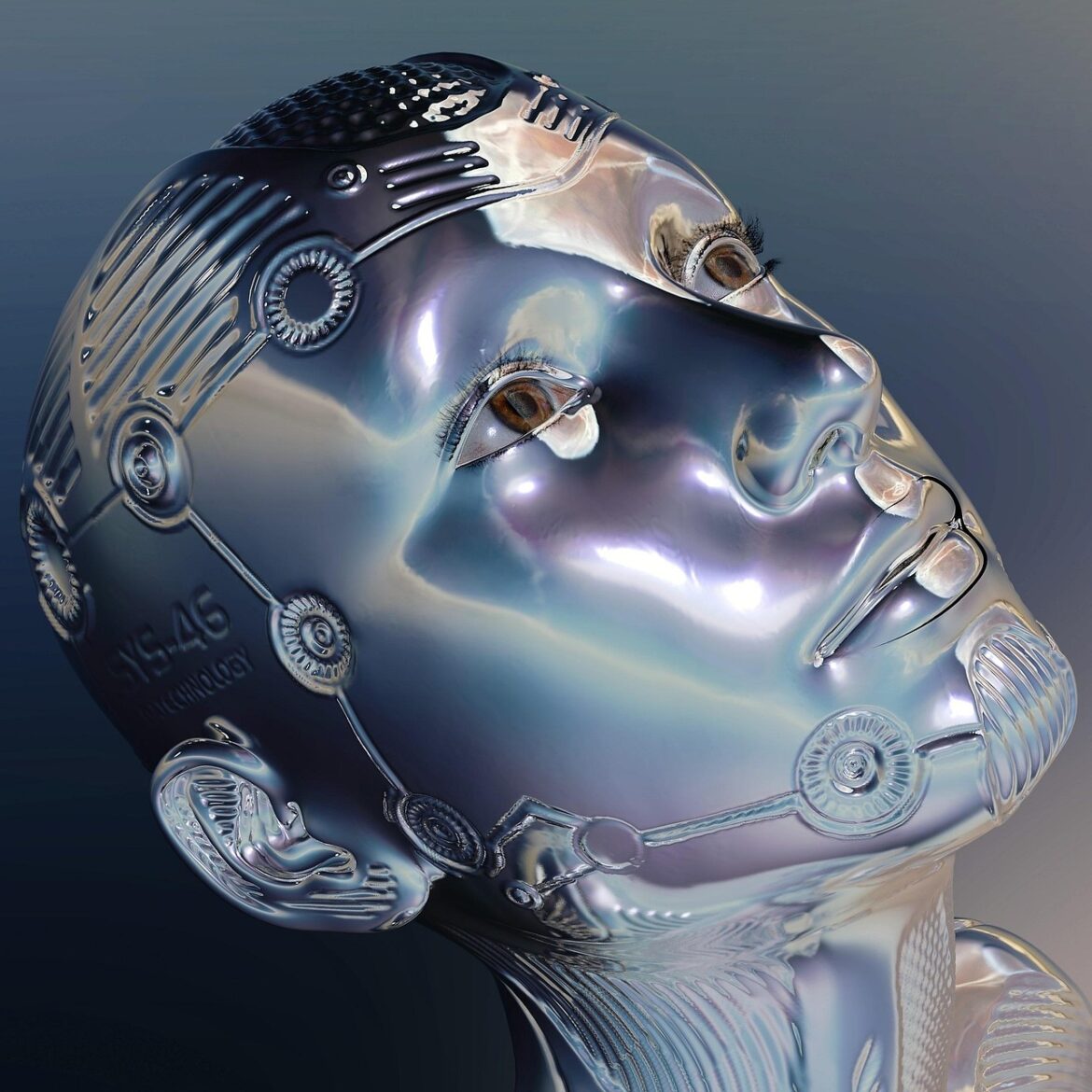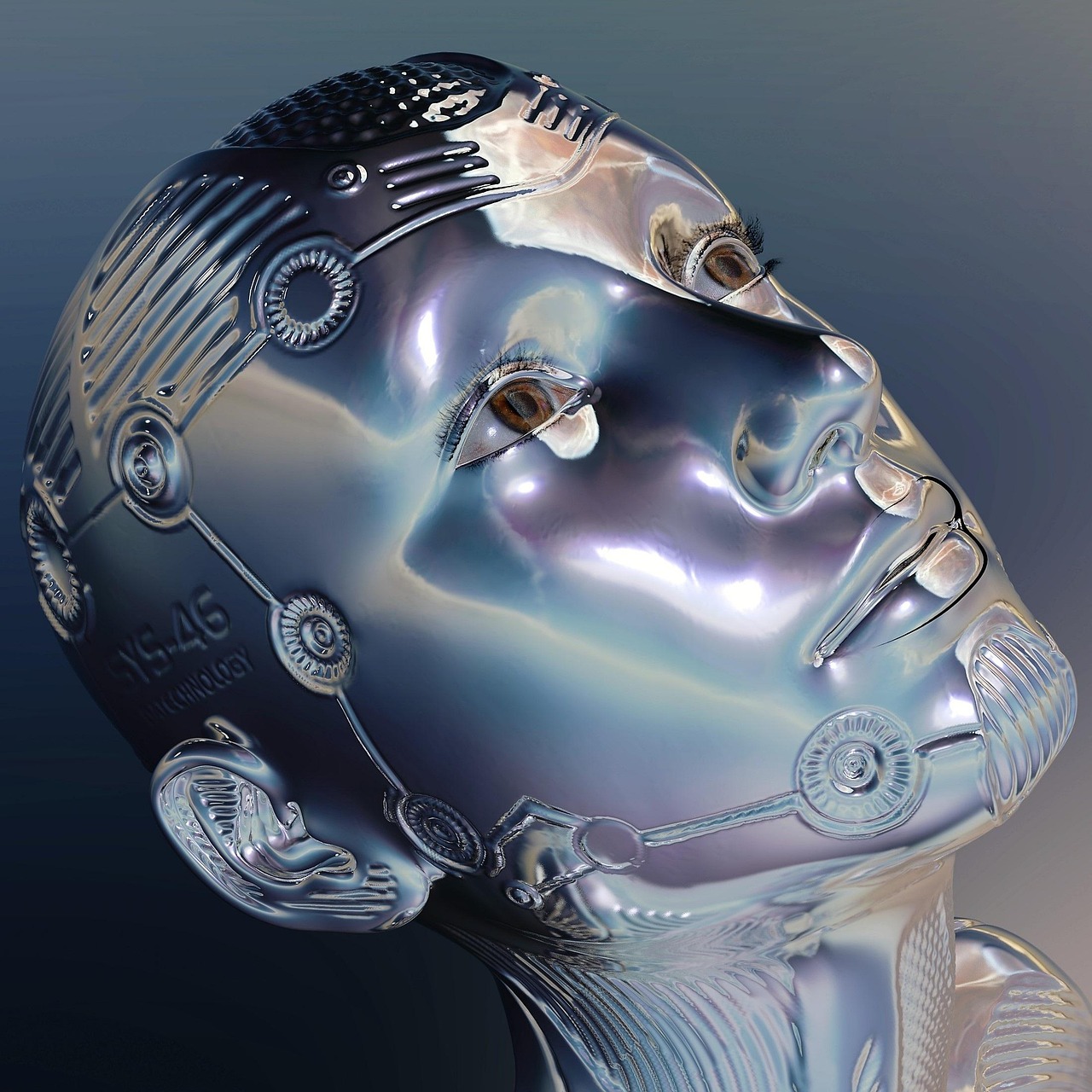
Introduction PadChest
Introduction to PadChest-GR Dataset. The PadChest-GR dataset represents a groundbreaking advancement in the field of radiology report generation, specifically designed for improving the interpretation of radiological images through artificial intelligence. Developed collaboratively by the University of Alicante, Microsoft Research, and University Hospital Sant Joan d’Alacant, this dataset is the first of its kind to be multimodal and bilingual, featuring 4, 555 chest X-ray studies annotated with detailed sentence-level descriptions in both Spanish and English. This initiative aims to enhance the quality and interpretability of radiology reports, ultimately transforming how clinical professionals and AI systems interact with radiological data.
What Is Grounded Radiology Reporting
Grounded radiology reporting requires that each finding in a radiology report is described and localized accurately, moving away from the traditional unstructured narrative format. By doing so, it mitigates the risks associated with AI fabrications while enhancing the clarity of clinical findings for both healthcare providers and patients. The PadChest-GR dataset is vital in evaluating the generation of fully grounded radiology reports, setting a new standard in the field.

How PadChest
How Is PadChest-GR Structured. The PadChest-GR dataset comprises 4, 555 chest X-ray studies, each complete with bilingual sentence-level descriptions and precise spatial annotations. This means that every finding, whether positive or negative, is accompanied by bounding box annotations that pinpoint the exact location within the X-ray image. This structured approach enhances the dataset’s utility for training AI models, allowing for more accurate interpretations of radiological findings.

The Role
The Role of MAIRA-2 in Radiology. The MAIRA-2 model utilizes the detailed annotations provided by PadChest-GR to generate interpretable and clinically useful radiology reports. This AI model is designed to improve the interaction between human professionals and AI systems, facilitating better communication and understanding of radiological findings. MAIRA-2 represents a significant leap forward in the application of AI in clinical settings, showcasing the potential for improved patient care through technology.
How Was
How Was PadChest-GR Created. The creation of PadChest-GR involved a meticulous process of data selection, manual annotation, and quality control. Using Microsoft Azure OpenAI Service with GPT-4, researchers extracted key findings from raw radiology reports, translating them from Spanish to English. Following this, expert radiologists from Hospital San Juan de Alicante performed rigorous quality checks and bounding box annotations on the Centaur Labs platform, ensuring accuracy and consistency throughout the dataset.
Limitations and Workarounds Table
| Limitations of PadChest-GR Dataset | Workarounds for Researchers |
|---|---|
| Limited to chest X-ray studies only | Use in conjunction with other datasets for broader applications |
| Bilingual annotations may not cover all clinical terms | Supplement with additional medical terminology resources |
| Requires advanced AI models for effective use | Collaborate with AI development teams to enhance model performance |
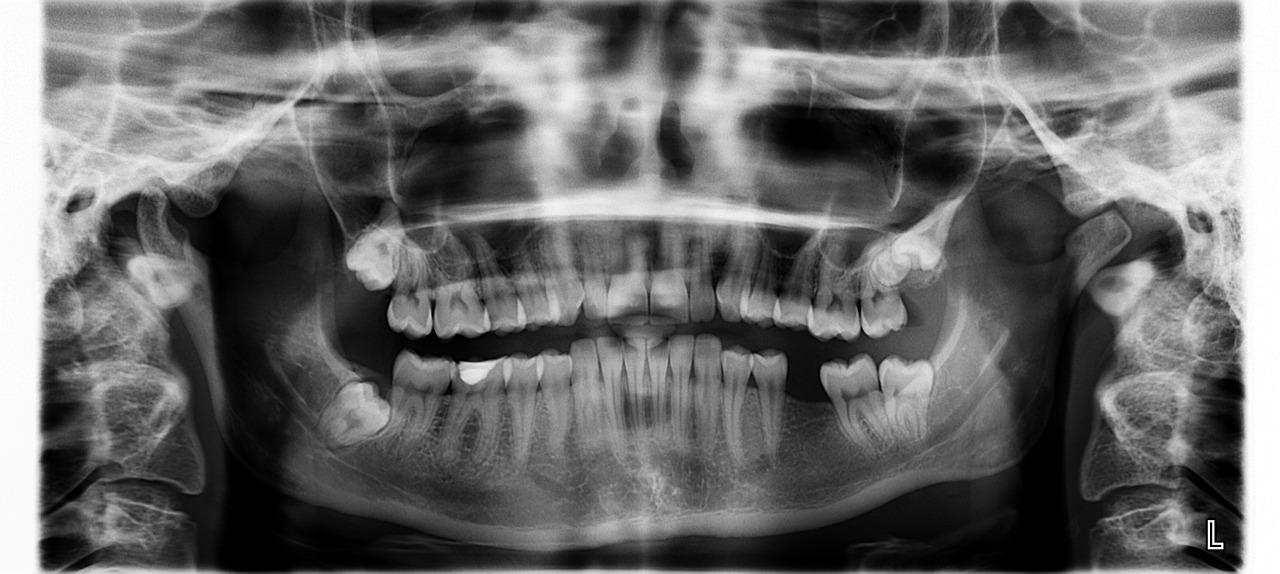
Future Directions for Grounded Reporting
The PadChest-GR dataset not only sets a new benchmark for grounded radiology reporting but also serves as a foundation for future research and development in the field. The collaborative efforts between Microsoft Research and the University of Alicante exemplify the transformative potential of interdisciplinary work. The research community is encouraged to build upon PadChest-GR, further enhancing AI capabilities in grounded reporting and ultimately improving patient outcomes in healthcare.
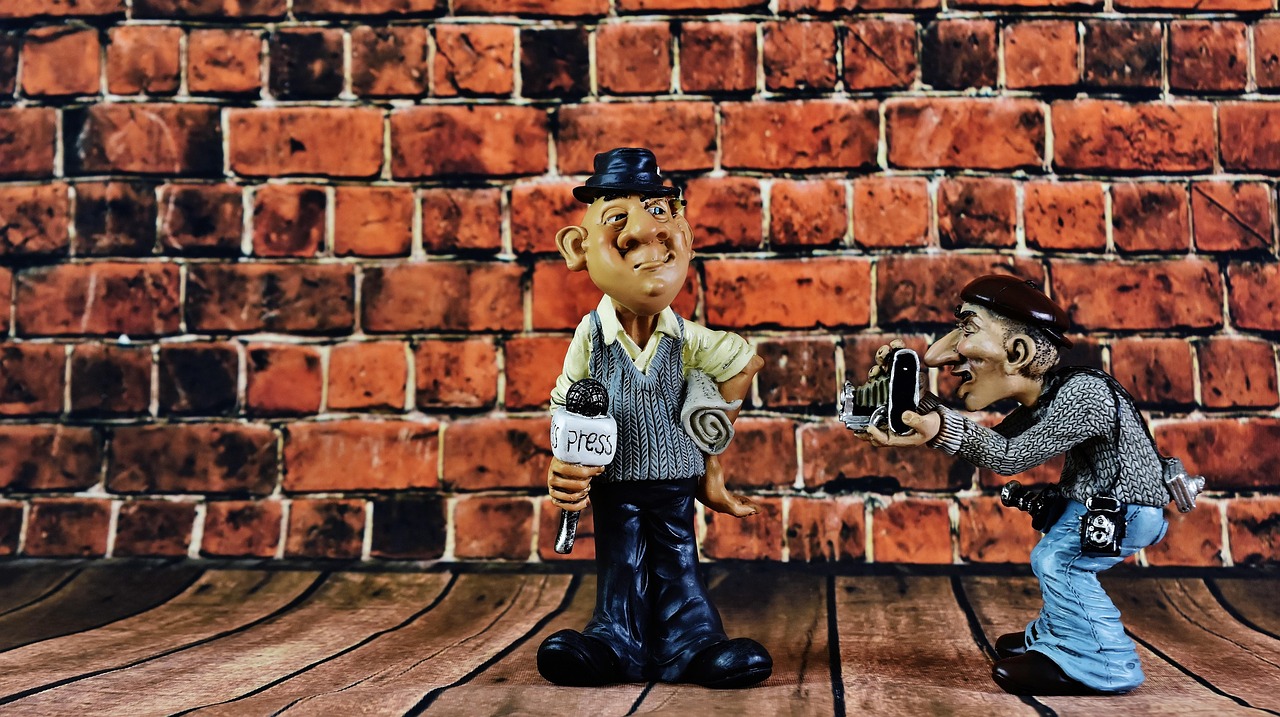
Conclusion and Call to Action
PadChest-GR represents a significant step forward in the integration of AI and healthcare, particularly in the realm of radiology. By fostering collaboration and sharing resources, the research community can accelerate advancements in medical imaging AI. We invite researchers and industry experts to explore the PadChest-GR dataset and contribute their innovative ideas, helping to shape the future of grounded radiology reporting. For more information or to access the dataset, please visit the BIMCV PadChest-GR Project page.
